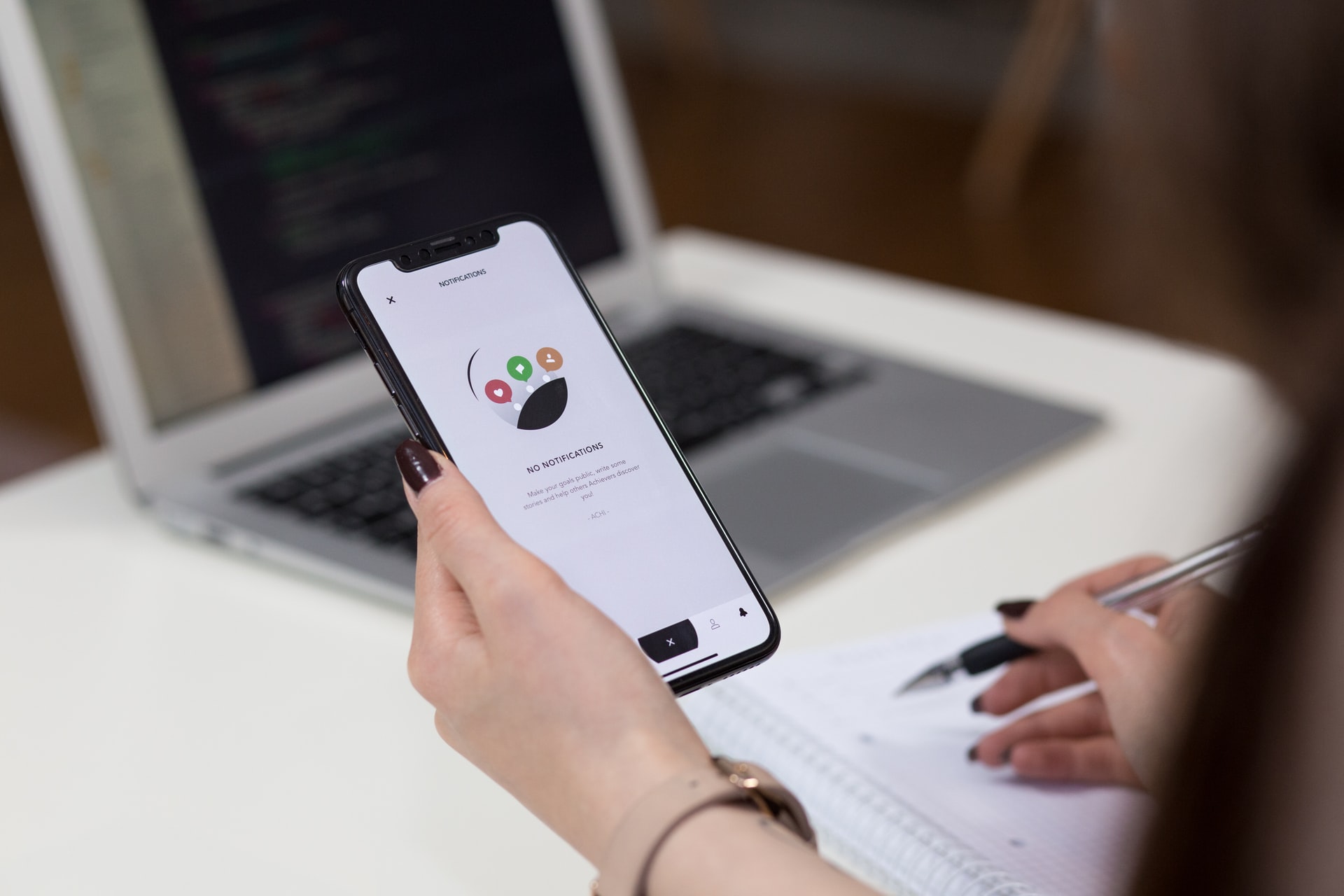The 9 UX Best Practices Every UX Designer Should Know
User experience (UX) designers are responsible for designing how people interact with digital landscapes. A UX designer using creates and carefully...

It’s no secret that user experience plays a central role in the success of any digital product. A well-designed user experience leads to a higher conversion rate, an improved user retention rate, and ultimately higher product engagement. However, success doesn’t happen overnight. It requires a constant and consistent effort from the entire team to ensure that the product’s user experience is optimal from the moment a user first lands on the website until they leave the website again. In this blog post, you’ll discover the best remote usability testing tools that can help you test the user experience of your product more efficiently, effectively, and thoroughly.
Usability testing is a process where you observe and record the interactions that take place between users and your product. This process is conducted to gather data regarding the ease of use, effectiveness, and ease of learning of the product. The recorded data is then used to correct and improve the product’s user experience using UX testing tools.
Usability testing helps you understand how your users navigate your product, what they do, and what they think. This can uncover issues with your product that prevent people from using it the way they want. It can also reveal areas that your users find helpful and enable you to improve your product based on their feedback.
Learn more: 6 Best Usability Testing Methods for Mobile Apps
To conduct a proper usability test, you need to set up a testing environment where you can observe and record the interactions that take place between your users and your product. Remote usability testing relies on software to monitor a user’s screen. Remote testing means conducting a software usability test from any device or location using any internet connection. You can use a browser or software that you have on your desktop, laptop, tablet, or smartphone.
There are a lot of user testing platforms available for conducting remote and on-site usability testing. These tools are used to record the user’s interactions with your product during remote user testing. They use video, audio, and screenshots to record the user’s experience. The recordings made using these tools make it easy for you to analyze the observations and improve the user experience of your product.

There are a lot of factors that you need to consider before choosing the right usability testing tools for your product. To get the most actionable insights from your usability testing tool, here are some factors to consider:
The first thing you need to consider while choosing remote usability testing tools is the scope of testing. What will it be used for? It’s essential to have an idea of what you are trying to test for your product so you can choose the right tool for the job.
Scope of testing is one of the most important factors you need to consider. You need to select a usability testing tool that can measure what you need. For instance, if you want to test usability in a mobile app, it’s a good idea to select a tool capable of assessing mobile devices.
There are a lot of remote usability testing tools that allow you to conduct a variety of different types of tests. These tests can be used to gather information about the ease of use, effectiveness, and ease of learning of your product.
Software can get pricey, but you don’t need to spend a fortune on remote usability testing tools. However, you also don’t want to end up with a cheap tool that doesn’t work well. Price should be an important factor for you when looking for a remote usability testing tool. You should be able to find a tool with good reviews that also fits into your budget.
The most frustrating thing while using a new tool is the setup. Ideally, the setup of the software should be a breeze. You don’t want to spend a lot of time setting up the software— you have a lot on your plate! You need to be able to focus on your product and collect data from your users.
The data that you collect from users needs to be uploaded somewhere. Most of the remote mobile usability testing tools come with a library where you can place the recordings for easy access. However, if you want to retain the data, you need somewhere to upload it! It’s important to look for a remote usability testing tool that allows you to upload and download your data easily.
There are many remote usability testing tools currently available. Here is a brief overview of a few of what we would consider to be great options for you:
Lookback is a popular remote usability testing tool that allows you to run mixed methods research with your customers through interviews and usability studies that your whole team can join in on. The software even captures where users touch their mobile devices during recorded sessions. Pricing starts at $17 a month for 10 sessions a year.
With Testbirds, you can select the level of service you feel most comfortable with. There is a self-service level where you create and set up the testing. They also provide a managed service level where Testbirds creates, sets up, and manages the testing on your company’s behalf. Unlike other remote usability testings tools requiring a monthly subscription, Testbirds utilizes BirdCoins. You purchase BirdCoins that are used to pay for the tests you need.
UserTesting offers a video platform to watch users engage with your software, whether on their computers or mobile devices. Instead of sourcing your own users, you can rely on the UserTesting Contributor Network to find users to assess (though you can still use your own customers if you’d like). Pricing starts at $79 a month for 3 projects and 10 participants.
UserZoom is among the most popular usability tools that large corporations such as PayPal, Google, and Aetna use. It allows more complex testing functionality, including tree testing and surveys integrated into its platform that also allows for live interviews. UzerZoom does not list its pricing on its website.
Usability testing is a great way to test your product before and after launch! It helps you understand your users’ experience and allows you to improve based on the knowledge and feedback they provide. You can use online tools to conduct remote usability testing from anywhere. You don’t need to arrange on-site usability testing to get much-needed insights into your product.
Interested in discussing how to implement remote usability testing for your app? Let’s talk about it!
You might also like:
Subscribe to our newsletter.

User experience (UX) designers are responsible for designing how people interact with digital landscapes. A UX designer using creates and carefully...

People need speed. Aberdeen’s June Benchmark report found that even just a lag of one second can lose customers for your app. Think about it: just a...

No one loves an app that’s cumbersome to use. Usability is a prerequisite for creating a successful app-based business. But how do you know if...
Post
Share